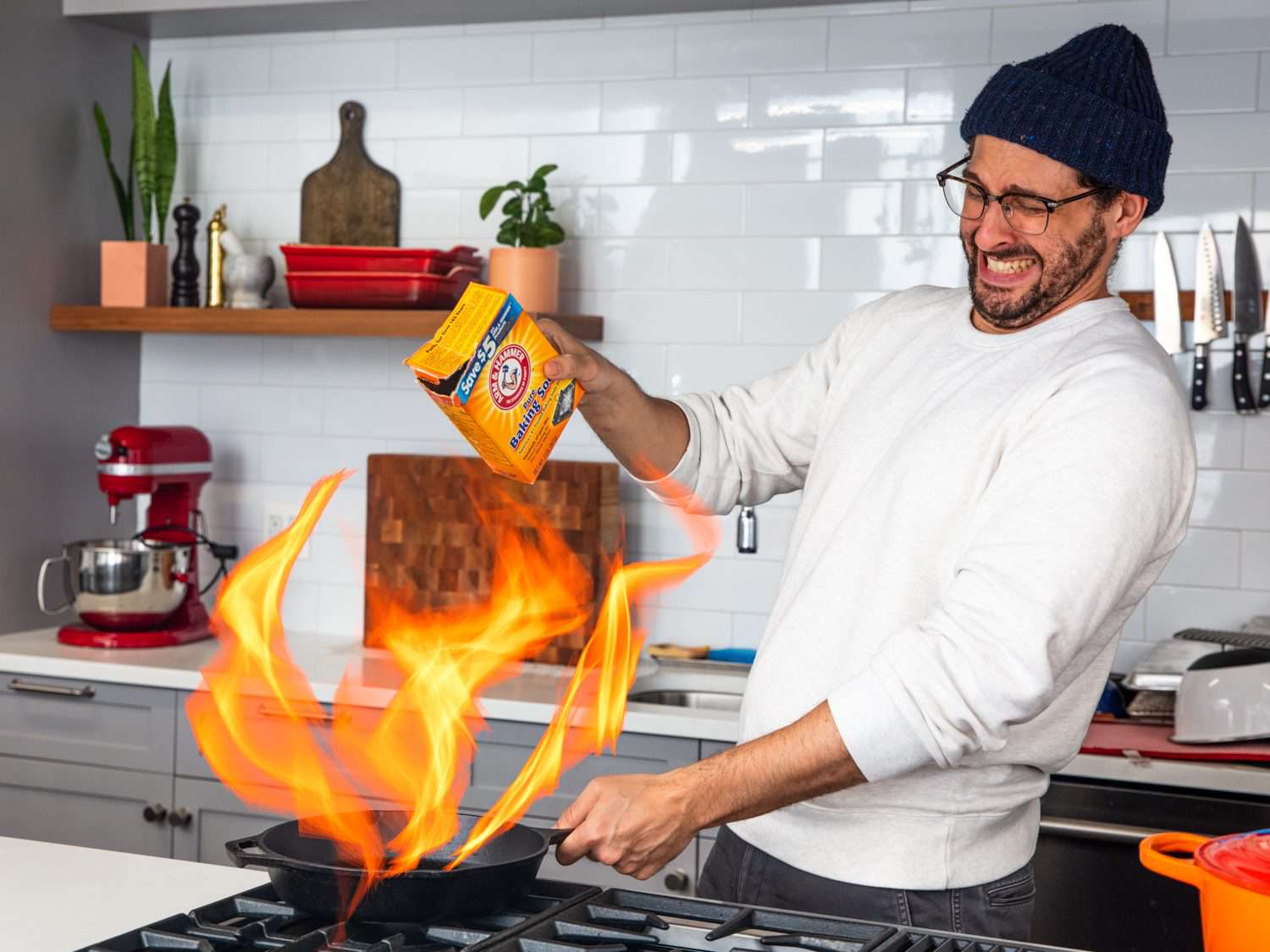Gas stoves are a common feature in many households, providing an efficient and reliable way to cook meals. However, it’s important to prioritize safety when using a gas stove to prevent accidents and ensure the well-being of everyone in the kitchen. In this article, we will discuss some essential tips and tricks for safe cooking with a gas stove.
Regular Maintenance:
Regular maintenance is crucial to ensure the safe operation of your gas stove. Inspect the stove regularly for any signs of wear or damage. Check the gas connections, burners, and knobs for leaks, cracks, or malfunctioning parts. If you notice any issues, contact a professional technician to repair or replace the faulty components.
Proper Ventilation:
Gas stoves produce combustion gases, including carbon monoxide, which can be hazardous if not properly vented. Ensure that your kitchen has adequate ventilation to allow these gases to escape. Keep windows open or use exhaust fans while cooking to promote fresh air circulation and prevent the accumulation of harmful gases.
Clear the Area:
Maintain a clear and clutter-free area around your gas stove. Remove any flammable materials such as kitchen towels, curtains, or plastic containers from the vicinity of the stove. This precaution reduces the risk of accidental fires and ensures that nothing interferes with the safe operation of the stove.
Watch for Gas Leaks:
Gas leaks can be extremely dangerous, as they increase the risk of fire or explosion. To detect gas leaks, use a mixture of water and dish soap to create a solution. Apply it to the gas connections, burners, and valves. If you see bubbles forming, it indicates a leak. In such cases, turn off the gas supply immediately, open windows for ventilation, and contact your gas provider for assistance.
Use Proper Cookware:
Choosing the right cookware is essential for safe cooking on a gas stove. Opt for pots and pans with flat, stable bases that sit securely on the burners. Avoid using oversized cookware that extends beyond the stove’s surface, as it can become unstable and prone to tipping over. Handles should be secure and positioned away from the heat source to prevent accidental burns.
Keep an Eye on the Flames:
When using a gas stove, it’s important to keep a watchful eye on the flames. The flame should always burn blue, indicating complete combustion. If you notice a yellow or orange flame, it could be a sign of incomplete combustion, which may produce carbon monoxide. In such cases, have a professional inspect and adjust your stove to ensure safe operation.
Turn Off the Gas:
After you finish cooking, make it a habit to turn off the gas supply to the stove. This simple step helps prevent accidental gas leaks and reduces the risk of fire hazards. Double-check that the burners and oven are completely turned off and that the gas knobs are in the “off” position.
Install a Gas Detector:
For added safety, consider installing a gas detector near your gas stove. These devices can detect the presence of gas in the air and emit an alarm to alert you of potential leaks. Gas detectors provide an extra layer of protection, especially when you’re not in the kitchen or if there’s a gas leak during the night.
In conclusion, ensuring gas stove safety is crucial for a safe cooking environment. Regular maintenance, proper ventilation, and keeping the area clear are fundamental practices. Additionally, being vigilant about gas leaks, using suitable cookware, monitoring the flames, and turning off the gas after cooking are essential habits. Consider installing a gas detector for enhanced safety. By following these tips and tricks, you can enjoy the convenience and efficiency of cooking with a gas stove while prioritizing the well-being of your household.

